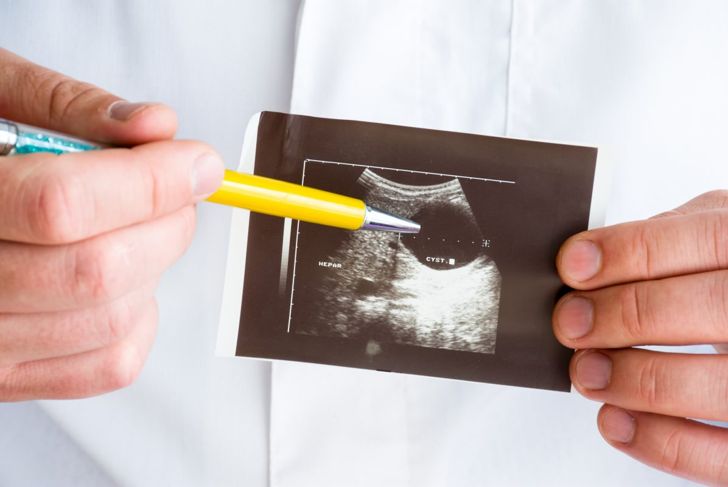Bowel movements can reveal a shocking amount of information about a person’s health. Pale, white, or clay-colored stool often indicates that there is an issue with the biliary system. Pigments within bile give stools their traditional brown coloration, so a lack of bile results in less color. While some of the causes of clay-colored stools are not dangerous, many require medical attention.
Primary Biliary Cholangitis
The liver produces bile, which helps with digestion and allows the body to get rid of cholesterol, old red blood cells, and various toxins. Primary biliary cholangitis or biliary cirrhosis is a chronic autoimmune disease involving the destruction of the bile ducts in the liver. This causes bile to back up, scarring the liver and giving stools a pale or clay color.
Primary Sclerosing Cholangitis
Primary sclerosing cholangitis occurs when inflammation scars the bile ducts. These scars narrow the ducts and make them firmer, eventually causing severe liver damage. The progression of primary sclerosing cholangitis is slow, and the condition may result in recurring infections, tumors of the biliary tract, or liver failure. This lengthy process means many people receive a diagnosis for the condition before symptoms begin.
Medications
Some medications can cause pale or clay-colored stools. A few of the most common are birth control pills, nonsteroidal anti-inflammatory drugs, and antidiarrheal medications. The mechanisms differ with each drug. Some medications interact with materials in the body, such as sulfur, to change stool color. Others trigger inflammation in the liver, causing drug-induced hepatitis. One possible symptom of this is pale stool.
Viral and Alcoholic Hepatitis
Other types of hepatitis, such as viral and alcoholic, can also affect stool color. Viral hepatitis occurs when viruses damage the liver or cause it to swell. Alcoholic hepatitis features similar liver damage but stems from excessive consumption of alcohol. Typically, stool-related symptoms occur after other signs, such as fatigue, nausea, and poor appetite.
Biliary System Structure Issues
Some people are born with variations in their biliary system. Potential structural issues prevent the flow of bile from the bile ducts, giving stools a signature clay color. Some of the conditions responsible for this, such as biliary atresia, cause immediately noticeable symptoms. Others may not pose any problems until much later in life.
Gallstones
Some people develop rock-like gallstones in their gallbladder and bile ducts. While gallstones can range from grain-sized to as large as a golf ball, it is often the smaller stones that pose the greatest danger. Small stones can become trapped in areas like the bile ducts; they can also increase the risk of acute pancreatitis, inflammation of the pancreas. In addition to clay-colored stools, gallstones can also cause pain, nausea, and jaundice.
Growths in the Bile System
Various growths within the bile system may obstruct or narrow the bile ducts, causing pale or clay-colored stools. Both malignant and benign tumors in the liver or bile ducts can impede the flow of bile. Cysts can also be responsible. However, cysts usually do not require treatment, while tumors often do.
Clay-Colored Stools in Children
Children often cannot describe how or why they feel sick, so stool color can be an important signifier of health. In terms of pale or clay-colored stools, several issues may be responsible. Bile duct obstructions or liver disease are possible, though uncommon in young children. Barium sulfate from barium enemas can temporarily change stool color. Additionally, however, infants or children on milk-only diets often have pale stools.
Diagnosis
Doctors may begin an examination with some questions about medications or drinking frequency. Because clay stools are almost always the result of a liver or bile duct issue, they will perform a variety of tests to determine the exact cause, including liver function tests, abdominal ultrasounds, blood work, and endoscopic retrograde cholangiopancreatography (ERCP).
Treatment
Treating pale stool involves treating the underlying trigger. Sometimes, surgery is necessary to improve bile flow. Infections or liver disease require prescription medications. Conditions like primary biliary cholangitis have no cure, but doctors do have methods of slowing their progression. Some people need to make lifestyle changes such as avoiding certain medications or drinking less alcohol.

 Home
Home Health
Health Diet & Nutrition
Diet & Nutrition Living Well
Living Well More
More




















